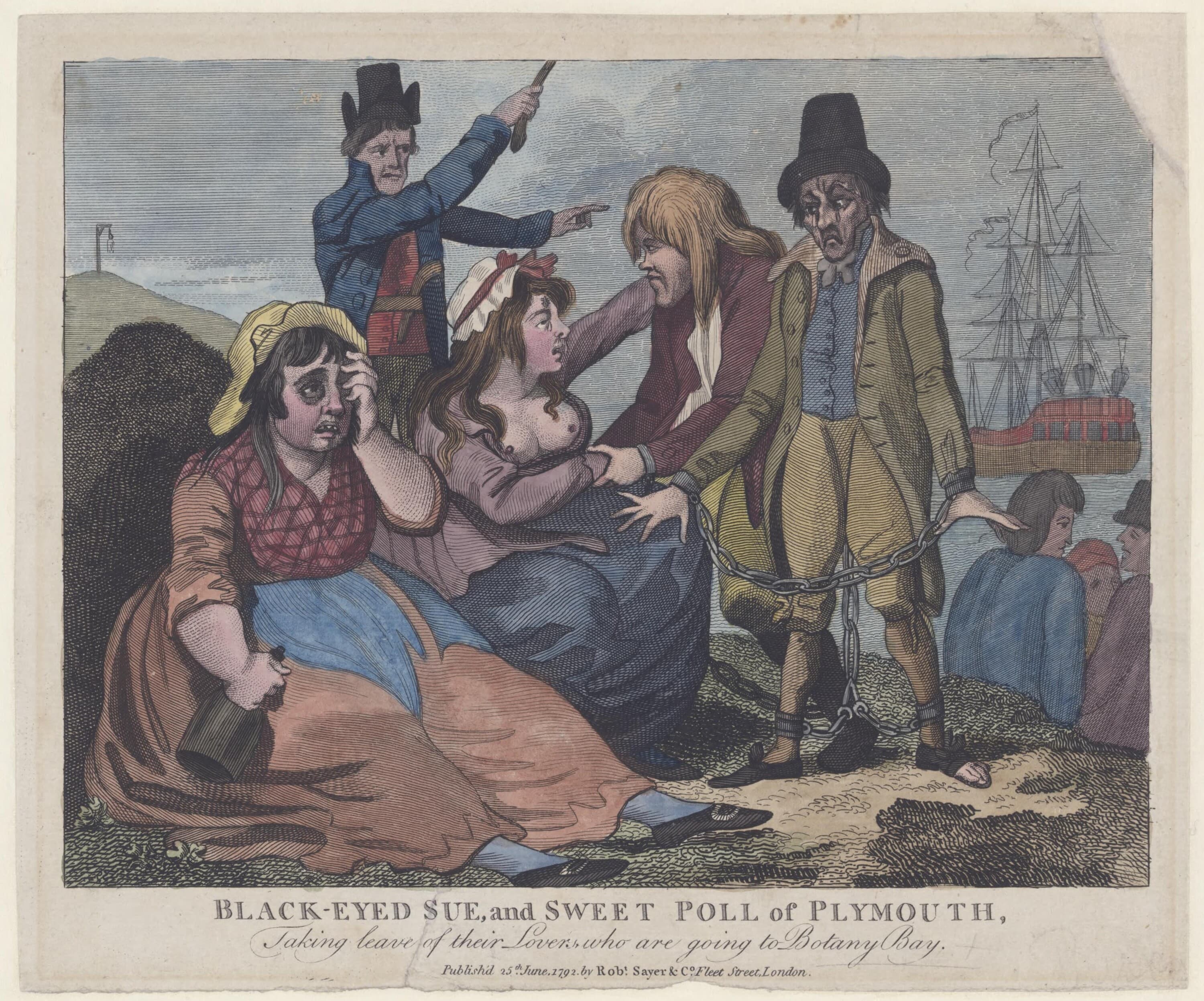The Twee Stigmata of Wes Anderson
At a time when all these elements are easily replicated by AI and memed on social media, what is often called Anderson’s “twee” aesthetic continues to be derided as all style and no substance.
Wes Anderson’s latest feature film Asteroid City (2023) is the purest expression of his signature style yet. Take the first five minutes alone. The film opens with a mock 1950s black-and-white television broadcast in Academy ratio, with the host (played by Bryan Cranston) introducing a live production of a documentary about the creation of the play “Asteroid City.” It is not long before we leave this initial framing story to enter another one in which the playwright Conrad Earp (Edward Norton) introduces the play’s characters, with the actors depicted either directly facing the camera or reading their scripts backstage.
Exclusive to the Magazine
The Twee Stigmata of Wes Anderson by Vincent Le is featured in full in Issue 2 of Memo magazine.
Get your hands on the print edition through our online shop or save up to 20% and get free domestic shipping with a subscription.
Related

The APY Art Centre Collective scandal, ignited by Murdoch’s The Australian, exposed more than allegations of interference—it revealed power struggles in the Aboriginal art industry and became a flashpoint for culture wars. As institutions, dealers, and politicians jockeyed for position, the artists were caught in a battle over authenticity, control, and the future of Aboriginal contemporary art.

By recasting Black-Eyed Sue and Sweet Poll in shackles, Sayer’s 1792 engraving subverts the sailor’s farewell to reveal convict and naval cruelty as mirror images.
